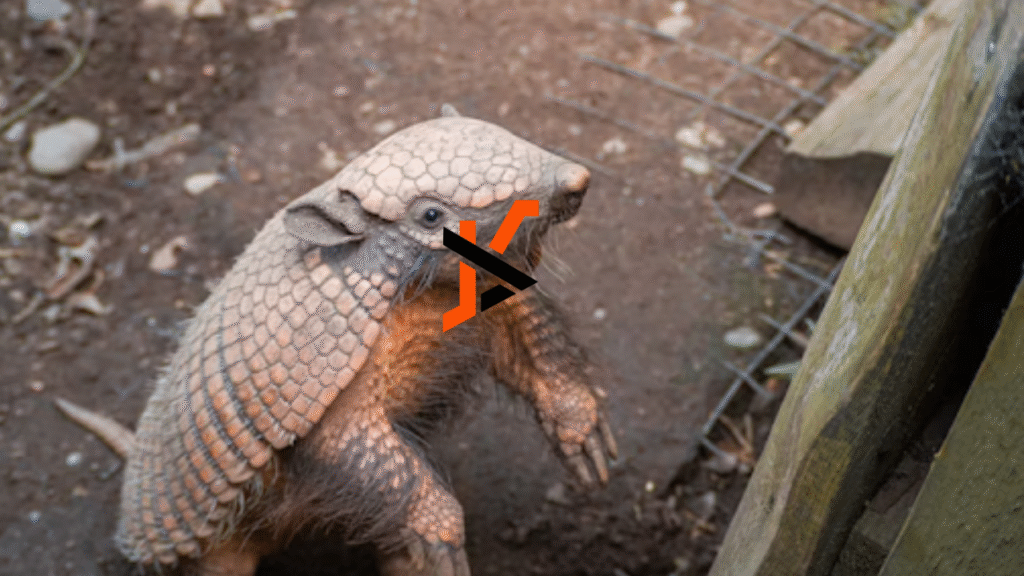It usually starts with something small—an unfamiliar scratching noise late at night, or a faint scurrying sound above your ceiling. At first, you might brush it off as an old house creaking. But then it happens again. And again.
If you’re hearing things in your attic, it’s not your imagination. Chances are, you’ve got unexpected guests. And no, we’re not talking about your in-laws. We’re talking about raccoons, squirrels, bats, or even rats. Unwanted wildlife in your attic can cause more than just a creepy soundtrack—they can create real damage, introduce health risks, and quickly turn into an expensive problem.
If you’ve searched “wildlife removal near me” or “wildlife removal“, you’re in good company. Wildlife intrusion is a common issue, especially in states like Florida where warm climates attract all sorts of critters. Let’s break down the telltale signs of attic invaders—and what to do once you’ve confirmed you’re not alone.
Strange Noises at Odd Hours
This is often the first sign homeowners notice. You might hear scampering, scratching, chewing, or even the occasional thud—especially at night when animals are more active. Squirrels are typically early risers, often heard around dawn and dusk. Raccoons tend to be more nocturnal. If the noise is consistent and seems to be coming from above your head, it’s a red flag that something living (and uninvited) is making your attic its home.
Droppings and Nests
If you dare to venture into your attic and notice droppings or nesting material (like shredded insulation, leaves, or paper), you’ve likely got a wildlife problem. The shape and size of droppings can sometimes tell you what you’re dealing with—bat guano, for instance, looks like small, dry pellets and may pile up beneath entry points. Rodents leave smaller, rice-shaped droppings, often in corners or along walls.
Nests can also clue you in. Squirrels and birds tend to build visible nests, while raccoons may flatten insulation for bedding. Either way, these signs indicate active habitation—not just a one-time visit.
Foul or Unusual Odors
A musty or ammonia-like smell in the attic may point to urine buildup from animals. Over time, this odor can seep into walls and vents, making it noticeable even in living areas. If the smell turns particularly rancid, it could indicate a deceased animal—an unfortunate but common consequence of trapping, poison, or infighting among wildlife.
Odors are not just unpleasant; they can also pose health hazards if left unaddressed.
Visible Entry Points and Damage
Most animals won’t wait for an open invitation—they’ll make their own. Check your roofline, vents, soffits, and chimneys for gnawed openings, torn screens, or displaced shingles. Squirrels can chew through wood and fascia boards, while raccoons may tear at vents or ductwork. Bats, on the other hand, only need a small gap—sometimes as tiny as half an inch.
You might also notice damage to insulation, wires, or pipes. This kind of activity not only disrupts your home’s energy efficiency but also introduces fire risks and structural wear.
Grease Marks and Tracks
Rodents and raccoons often leave behind dark, greasy smudges as they move in and out of narrow spaces. These marks can appear around attic entry points, along baseboards, or on beams. You might also spot footprints in dusty areas, which can help confirm the presence of specific animals.
Look for patterns or trails—animals tend to reuse familiar routes, especially once they’ve established your attic as their new hideout.
What to Do Next: Act Fast but Smart
Once you’ve confirmed you’ve got attic squatters, you’ll want to act quickly—but thoughtfully. It might be tempting to set out traps or seal up holes yourself, but DIY wildlife removal can go wrong in several ways. You might inadvertently trap animals inside, separate babies from their mothers, or harm protected species.
Here’s what you should do instead:
1. Don’t Panic, But Don’t Delay
Wildlife can cause damage rapidly. Raccoons rip through ductwork, squirrels chew on wires, and rats multiply at a shocking rate. The longer they’re in your attic, the worse the problem becomes.
2. Avoid Poison or DIY Traps
While it might seem like a quick fix, poisons can lead to animals dying inside your walls—creating odors, attracting insects, and complicating removal. Traps, if not used correctly, can harm both the animals and your household.
3. Call a Professional Wildlife Removal Service
Professionals not only safely remove the animals but also identify how they got in—and how to keep them out. If you’re in Florida, try searching “wildlife removal FL” to find licensed experts in your area. Many offer humane trapping, exclusion services, and damage repair.
4. Ask About Humane Removal
Most reputable services prioritize humane removal methods that relocate the animals rather than harming them. This is especially important for protected species like bats, which play a key role in the ecosystem and are subject to seasonal removal restrictions.
Preventing Future Invasions
Once the animals are gone, your next step should be securing your home. A good wildlife removal service will often offer exclusion work—sealing up entry points, reinforcing weak areas, and even replacing insulation.
In Florida, where many homes are surrounded by trees and warm year-round, regular attic inspections are wise. Trim branches near your roof, secure trash bins, and make sure vents and chimneys are properly covered.
Even if you’ve never had a wildlife issue, preventive steps now can save you from a major headache later.
Final Thoughts
Unwanted wildlife in your attic is more than just a nuisance—it’s a risk to your health, home, and peace of mind. By recognizing the early signs and taking swift, informed action, you can prevent further damage and ensure humane treatment for the creatures involved.
Whether you’re hearing mystery footsteps overhead or noticing droppings in your insulation, don’t ignore the clues. Start by searching “wildlife removal near me” and find a qualified professional who understands local laws, species behavior, and long-term prevention—especially if you’re in wildlife-rich Florida.
Because your attic should be a place for storage—not for squirrels.

